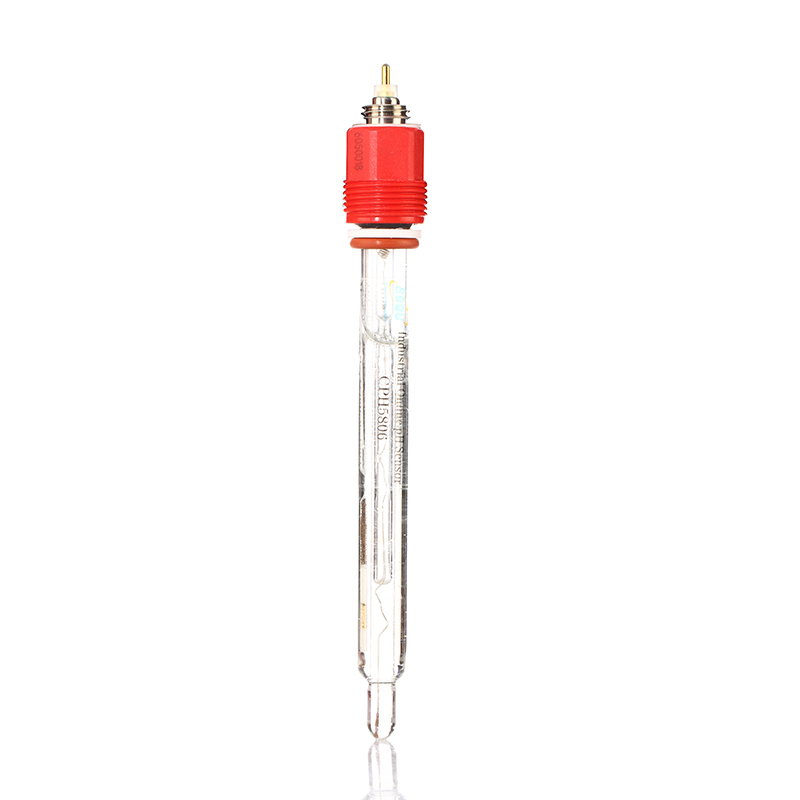The key to low maintenance needs for a PH sensor is to choose the correct sensor for the application. First, consider the kind of environment you’ll be monitoring. Is it an indoor or outdoor environment? If it’s an indoor environment, will you be measuring external airborne conditions (including humidity) or measuring liquid level? You’ll also need a probe with a physical size, filter wheel size and a cleaning mechanism.
For outdoor applications, the common type of probe used is a flexible ballast type sensor. These are often referred to as a “seven-buffer” probe because they include a buffer to accommodate changes in ambient temperature as well as changes in pressure. This allows the sensor to have a good measure of alkalinity and ph.
The best PH sensor for outdoor use is a rigid fiberglass spherical membrane diaphragm. It will provide a very accurate reading and has good surface wear resistance. A fiberglass sphere is preferred because it maintains an accurate setting throughout the full range of pH conditions and temperatures.
Most manufacturers produce glass or plastic hydronic pH sensors. The best are shaped like a hollow globe with their base flat and one or two side bubbles. They are available with a full covering bubble pad that fits over the sensor for convenient temperature and moisture detection. In addition to having a waterproof flat surface, these hydronic pH probes are equipped with a leak proof cover to protect the sensor from spills. Some come with an enclosure to house the probe while it is in use, but it can usually be removed for cleaning purposes.
The flat surface of these probes can provide a lot of flexibility in formatting. The bubble pad can be replaced by another flat surface if necessary. This allows the user to place the probe in any orientation for optimal temperature measurements. In addition, some have a built in probe guard to prevent slippage.
These sensors can also provide advanced temperature and moisture tracking. They can detect small changes in the moisture content at a variety of temperatures. There is a strip of plastic or rubber on each side of the probe that can be used to extend its lifespan. This also allows for precise temperature measurements.
To prolong the life of the sensor, the PH sensor manufacturer may include a special battery within the package. This should be reconditioned periodically. If the PH sensor manufacturer does not include this type of battery, then the normal battery that comes with the package should be adequate. The life of the sensor will increase if it receives frequent reconditioning. The warranty will specify the frequency and time span of reconditioning.
PH measuring devices should also have accurate calibration and testing information included within the package. This information should be readily available in plain view. Users do not like to have to look hard to find important data. Manufacturers that provide this valuable information are likely to have a good reputation and should be considered very carefully. Tested samples should be provided as well. This information should allow the user to quickly determine whether the device is functioning properly.
Waterproof sensors should also have the ability to resist damage from moisture. Most manufacturers recommend that the sensor is made from a material that can withstand high moisture levels. However, there are some exceptions to this rule. It may be necessary to use a different style of sensor where the moisture level is low. This may require a different size or material than the one recommended for high moisture situations.
An effective moisture barrier is also essential. This is usually incorporated into the barrier or can be added later. This will help prevent the PH level from being too low or too high. When moisture is present, bacteria grow at an accelerated pace. This causes problems with the performance of the device.
High temperature can also destroy most sensors. A good PH sensor manufacturer should take this into account when designing the sensor. Sensors may need to be tested before they are packed. Manufacturers should test the PH of the sensor to ensure proper functioning.
If you choose to buy your own temperature and moisture sensors, it is important to choose a manufacturer who has experience in the product. The best manufacturers will have developed their products to work together well. They will also offer technical support for their products. It is also wise to choose a manufacturer that can offer warranty protection.

